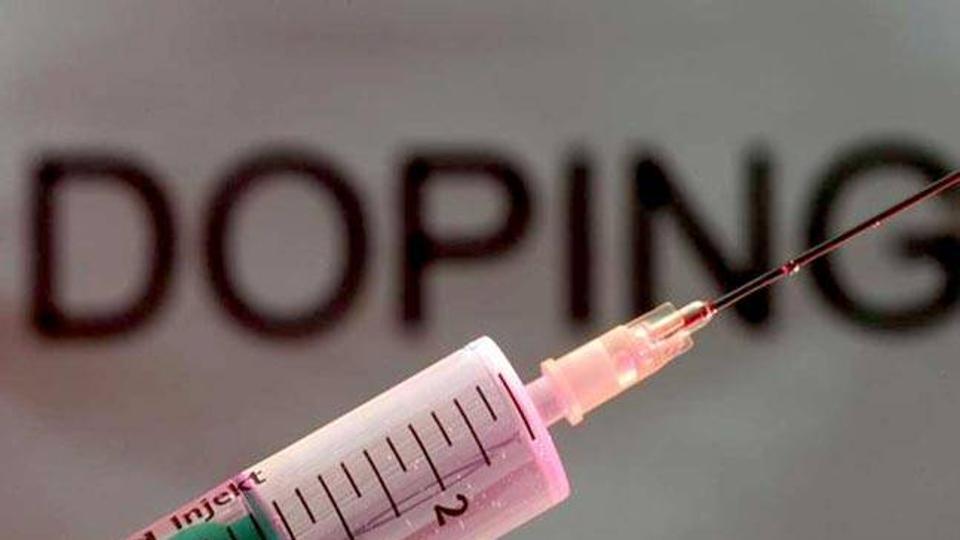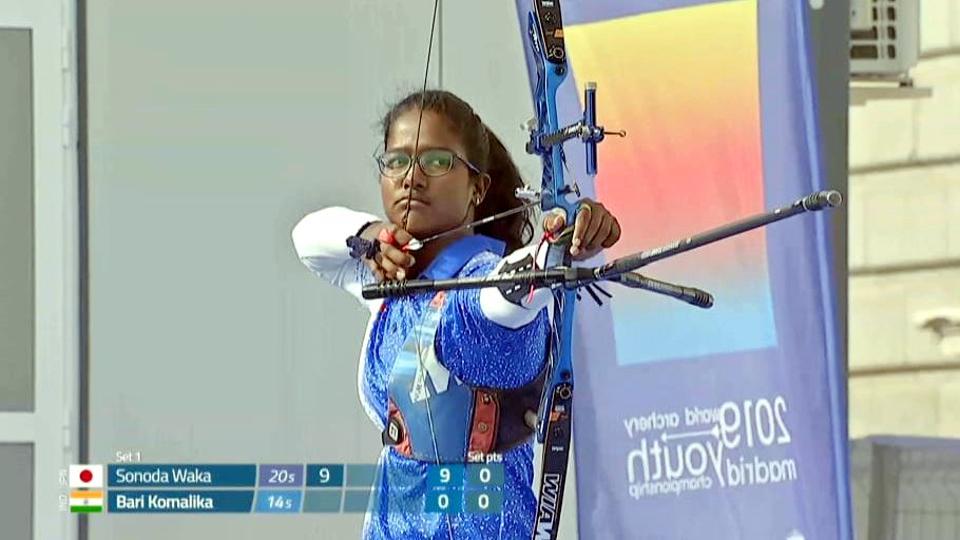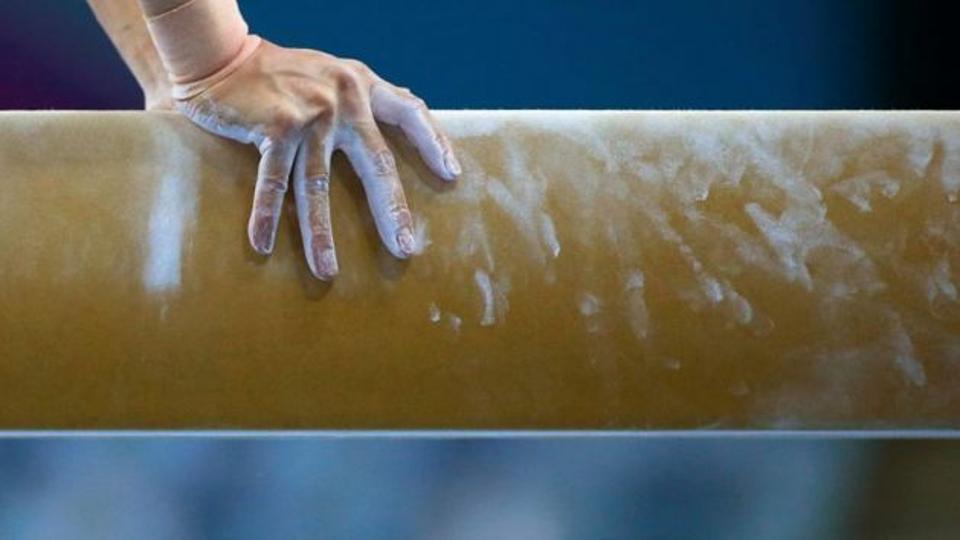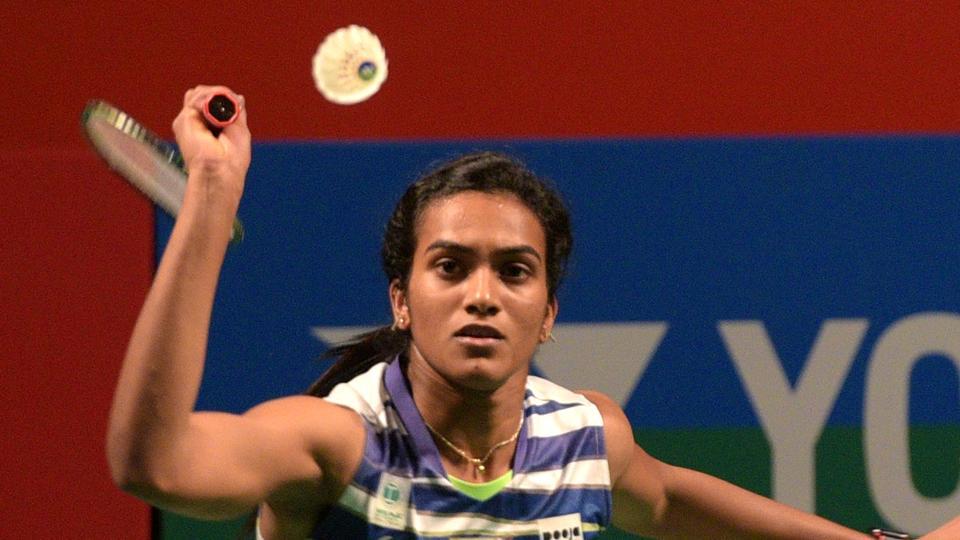
The timing was supposed to be perfect. A four-member team from the National Anti Doping Agency (NADA) landed unannounced at Rohtak’s Rajiv Gandhi Sports Complex, a central hub for track and field in Haryana, at six in the morning on a Saturday in July. Their aim was to do a surprise collection of urine and blood samples from the athletes who had just arrived for training. Many of these athletes were at the elite level, and were preparing for an upcoming inter-state athletics championship, with an eye on qualifying for the Doha World Athletics Championships in September.
The surprise did not work as well as the team had hoped. Word spread quickly around the track.
“The athletes who wanted to avoid the NADA team immediately vanished from the stadium,” said a senior Sports Authority of India (SAI) coach stationed at Rohtak. He did not wish to be named. “All the anti-doping team could get were some of the junior athletes.”
NADA generally does out of competition tests at national coaching camps; this was its first attempt at the state level. It was working on specific inputs—and the growing realisation that doping was not just a problem at the senior level, but widespread at the junior level as well.
Between the 2017-18 season and the 2018-19 season, the number of athletes testing positive more than doubled (from 74 in 2017-18 to 187 in 2018-19), and though the break-up of seniors and juniors is not revealed, NADA officials say a large chunk of this increase is because of more junior athletes being caught in the net.
The 2019 competitive season has just started and already nine youngsters have failed dope tests in Khelo India Youth Games at Pune. The one thing which stands out is the high number of weightlifters caught in the dope net. In 2015, during the National youth and junior championships in Yamunanagar, eight lifters were caught, while last year at the junior nationals in Nagpur nine failed dope tests.
Many of these are the top junior athletes in the country. In 2016, a javelin thrower headed to the World U-20 Championships in Bydgoszcz, Poland, the venue where Neeraj Chopra became the first Indian to win a Worlds gold, also tested positive. Next year, the Asian youth champion in 800m tested positive during a school meet, while the national junior champion in javelin also failed a dope test.
Speaking to junior athletes at the Rajiv Gandhi Stadium in Rohtak reveals the widespread belief that “there is no chance of winning without doping”.
“Those who are getting caught are not doing it right,” says a national-level sprinter at the stadium on condition of anonymity.
Chandran says kids taking dope are “under tremendous pressure from parents, teachers, coaches, trainers, and, above all, from fellow competitors.
“Besides, young people are adventurous; they are ready for risks and experiments,” he says. “And parents’ expectations and peer pressure is a heady cocktail.”
Sunita Godara, the 1992 Asian marathon champion and one who has been fighting against drug abuse since 1998, says, “Athletes, especially teenagers, are driven by misconceptions about doping—that they give results instantly. The talk among youngsters as young as 14-15 is all about college admissions through sports quota, government jobs and cash awards. It’s a vicious cycle,” says Godara.
A school-going sprinter regular at the stadium says, “We are helpless. Everyone takes dope. If I don’t I won’t even win medals at the district level.”
The young athlete has been dominating age-group sprint events at the state and national level since 2017-2018. “One has to do it (doping) intelligently,” he says on condition of anonymity, adding, “Seniors and coaches guide us.”
Despite winning medals at the national level he hasn’t failed a dope test yet.
The national anti-doping body has a massive mandate. But it may not have the resources or the funding required to run a comprehensive programme of both testing and spreading awareness among senior and junior athletes across all sports, now including cricket. Going by the numbers in the last domestic season, that’s a new pool of 6,471 first-class cricketers now under NADA’s ambit (roughly 10% of the pool is tested in any given year).
The strength of trained officials at NADA headquarters, including scientific officers, project officers and the director-general who heads the anti-doping body, stands at around eight. To tide over this shortage, regional directors, sample collection officers and chaperones, among others, are hired on contract basis.
Recently, NADA advertised for dope control officers (DCO), blood collection officers (BCO) and chaperons, with a daily wage of ~2000 for DCO/BCO and ~1500 for chaperones. “These are short-term posts. Since NADA does not have the manpower, it hires DCOs/BCOs and chaperones based on requirement, and once the task is completed, they are released,” says Piyush Jain, secretary, Physical Education Foundation of India, a non-profit which works with NADA to spread awareness about doping through seminars.
With NADA’s annual budget of around ~10 crore—of which ~1 crore goes into paying salaries—and each test costing around ~16,000-20,000, it is impossible for them to keep more than a handful of employees on their rolls.
“Still, NADA has started focusing on hiring volunteers to spread awareness at the grassroots. Since NADA cannot reach every corner of this vast country, whenever possible it conducts seminars to try and spread the message among the youth,” says a senior NADA official.
Between April 2018 and March 2019, NADA says it conducted 90 clinics and seminars in universities, district stadiums, schools, Sports Authority of India centres/regional centres and national-level sporting events, among others where physical education students and teachers, junior and senior athletes, support staff, coaches, sports administrators and recruitment officials received training under the “awareness programme”.
“During the Khelo India Youth Games we organised seminars every day,” says NADA Director General Navin Aggarwal.
But these programmes don’t work very well. For one, there is a language gap. Athletes come from all parts of the country, and often don’t understand what is being said, since the workshops are in Hindi or English. Even if athletes want to stay away from doping, they simply do not have the necessary understanding of the hundreds of banned substances in the WADA list. The leaflets distributed by NADA feature lists of chemical names for the banned substances like Tetrahydrogestrinone or 3,4-Methylenedioxymethamphetamine. Few athletes ever read it.
Chandran says these are outdated methods of spreading awareness. “Children come from poor backgrounds with little education. It’s like someone handing out pamphlets on traffic signals. Do you read them or simply throw them?”
The National Dope Testing Laboratory (NDTL) in New Delhi, which does the testing for NADA, also tests samples sent from foreign federations to generate more revenue. NDTL, one of only six WADA-accredited labs in Asia, offers cheaper services than most, and is used extensively by other countries. Last year, NDTL tested 7307 samples, of which 3282 were from foreign countries.
Recently NDTL drew flak for a delay in sending the analytical anti-doping violation report of national 800m champion Gomathi Marimuthu to NADA. The Tamil Nadu athlete had failed a dope test during the Federation Cup in Patiala in March and a month later competed in the Asian Championships at Doha where she won gold. The adverse report came after she had competed in Doha, leaving NDTL red-faced.
Limited resources have also forced NADA to skip several top competitions. It skipped the opening day of the March 2018 Federation Cup Athletics Championships at Patiala, creating a furore as it was the qualification event for the Gold Coast Commonwealth Games.
Responding to the rising number of doping cases, the sports ministry in May made it mandatory to conduct tests at state-level competitions across the country from this year. This shift in policy to focus on state-level competitions will need even more funds and manpower.
But NADA chief Aggarwal is positive. “The government is willing to provide resources required to test competitors at the state level. The issue of funds and manpower will get solved. To give urgency and accuracy to our efforts, the data collected at the grassroots will be digitised,” he says. “We have started planning to implement the new policy.”
To strategically lessen the load, NADA, which conducts tests across 40 disciplines at the national level, will only focus on 10 “high-risk” disciplines—including athletics, boxing, track and field and weightlifting—at state-level meets.
“We saw what happened at Khelo India this year,” Aggarwal says. “We will do targeted testing—study past history of the competitors and pick those whose performance graph shows huge variations.
“Also, all national sports federations (NSFs) will have to make anti-doping education mandatory before they can take part in national-level tournaments. NADA will provide them support.”
But Chandran is sceptical.
“NADA cannot possibly test so many juniors as each test costs around ~20,000,” he says. “If they exhaust a sizeable chunk of funds at the junior and sub-junior level, NADA’s testing programme at the senior level will go haywire,” says Chandran.
“We talk about NADA being fund-starved,” Godara says. “Why can’t the ~600 crore going into Khelo India be diverted to making anti-doping programmes more robust? The lack of awareness is such that I see youngsters taking neurobion (Vitamin B) injections hours before competition. Now neurobion is not a performance-enhancing drug under WADA, but it needs to be injected a month before competition to produce the desired result, not two hours before. But who will create that awareness?”
At the village Titoli in Haryana, a muddy ground with patches of grass and heaps of cow dung is used as a grazing area. Four years back, this place—a 30-minute drive from Rohtak on the Jind highway—used to be a bustling playground with a four-lane 200m track.
Now, it lies in a state of disuse, forcing aspiring athletes to shift base to the Rajiv Gandhi Stadium in Rohtak.
Among those who had begun training at the village when it still had a track is Vivek Kundu, a 17-year-old sprinter who could easily pass off as a basketball player because of his 6’3” frame. Now he trains at the Rajiv Gandhi stadium, but two seasons back, his career was almost ended by doping. He recalls a time in 2017 when he suddenly began to notice changes to his body—pimples began appearing on his face, rashes all over his body, and he began to gain weight rapidly.
“I realised the performance-enhancing steroids I was taking were having a deleterious effect on my body,” says Kundu, a rare athlete who agreed to speak openly of his tryst with dope.
The teenager says that after a good start at the school level, he realized he was not being able to match up to the performances of the more elite runners at the Rajiv Gandhi Stadium. His running mates suggested he take some pills. They convinced him it was the only way to improve. He was 15 then.
“I could feel the power in my muscles. I started clocking 53sec in 400m, while earlier I was timing 56 sec,” he says. “I wasn’t tired after strenuous sessions. I was popping 10-15 tablets of winstrol (generic name for anabolic steroid stanozolol, available at most chemists). To clip a few more seconds and target the podium at the state and national meets, I started to overdose.”
A “nagging lower-back pain” saw him seeking advice at a private physiotherapy centre run by well-known local sprint and middle-distance running coach, Surinder Pannu. During his treatment that lasted three months, Kundu confided in Pannu that he had taken steroids.
Pannu says Kundu isn’t the only one to fall into the trap.
“The problem lies in the system as there is no programme at the grassroots to train budding athletes or to warn them about the ill-effects of doping,” Pannu says. “But jobs in government institutions through the sports quota, especially the Indian Army, admission in schools, and cash incentives drive them to take banned substances. Youngsters aiming for jobs in the Indian Army are fast taking to dope. They want to clear the physical fitness test at any cost.”
Kundu is taking baby steps back on the track. He has been clean now for two years. He still has difficulties, remnants from his 2017 experience, including frequent muscle cramps, which have made it hard for him to get back on track.
“I am well-built, I am a natural athlete,” Kundu says. “I believe I can make it as a clean athlete.”

Must See
-


OTHER SPORTS
/ 6 years agoYashaswini sheds doubts on the ski slope, wins gold for Tokyo spot
Shooting is all about that unwavering focus, a sort of tunnel vision to excel...
By Espnstaff -


OTHER SPORTS
/ 6 years agoGymnastics trials put off due to simmering feud
In a major setback to aspiring Indian gymnasts preparing for the 2020 Tokyo Olympics,...
By Espnstaff -


OTHER SPORTS
/ 6 years agoChina Open next stop for champion PV Sindhu
PV Sindhu will play her first tournament following the World Championship triumph at the...
By Espnstaff










